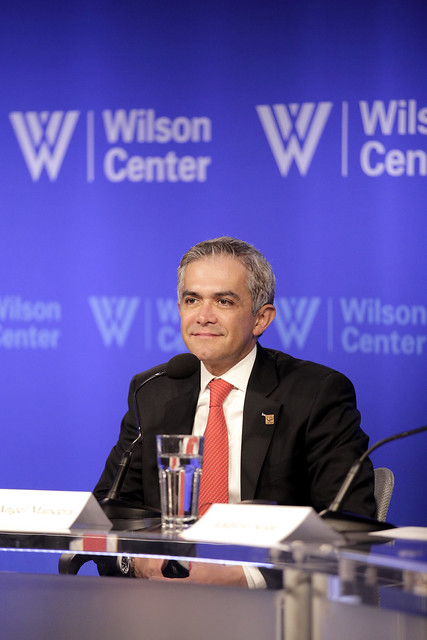By Latin American Herald Tribune 05/02/15
MEXICO CITY – Former Mexico City Mayor Marcelo Ebrard will appeal a court ruling barring his candidacy for a seat in Mexico’s lower house of Congress, claiming that President Enrique Peña Nieto was behind the decision.
“The main promoter of this is named Enrique Peña Nieto,” Ebrard, who governed Mexico City from 2006 to 2012, said in a press conference Thursday, asking rhetorically whether “we’re going to allow the president to decide who can be a candidate and who cannot.”
Four of five TEPJF electoral-court justices found on Wednesday that Ebrard had simultaneously participated in the candidate-selection process of two different left-wing parties: the Party of the Democratic Revolution, or PRD, and Citizens’ Movement.
Ebrard, however, argued in the case that he only registered for the PRD’s internal process, while in the case of Citizens’ Movement he was invited to be a candidate but did not participate in the different candidate-selection stages.
He said he will appeal the case to the Supreme Court if necessary.
“This is yet another thing coming from the (ruling) Institutional Revolutionary Party (PRI), and I’m not making this up. Everybody knows,” the former mayor said.
The idea is “keep me out of the Chamber of Deputies” because Peña Nieto and the PRI do not want me there, Ebrard said, adding that “they know I have the popular support to win and question them.”
The presiding judge in the case, Pedro Penagos, said the General Law on Electoral Institutions and Procedures clearly states that no candidate may seek a candidacy for two different parties unless the two political groupings are part of the same coalition.
On Feb. 22, the PRD left Ebrard off its proportional representation list for this year’s lower-house elections. Five days later, on Feb. 27, the former Mexico City mayor said he was leaving the party because it had moved too close to the PRI.
That same day, media reports said Ebrard had been confirmed as a lower-house candidate representing Citizens’ Movement.
Mexico is holding its midterm elections on June 7, with 500 seats in Congress, nine governorships and 1,532 local offices up for grabs.














